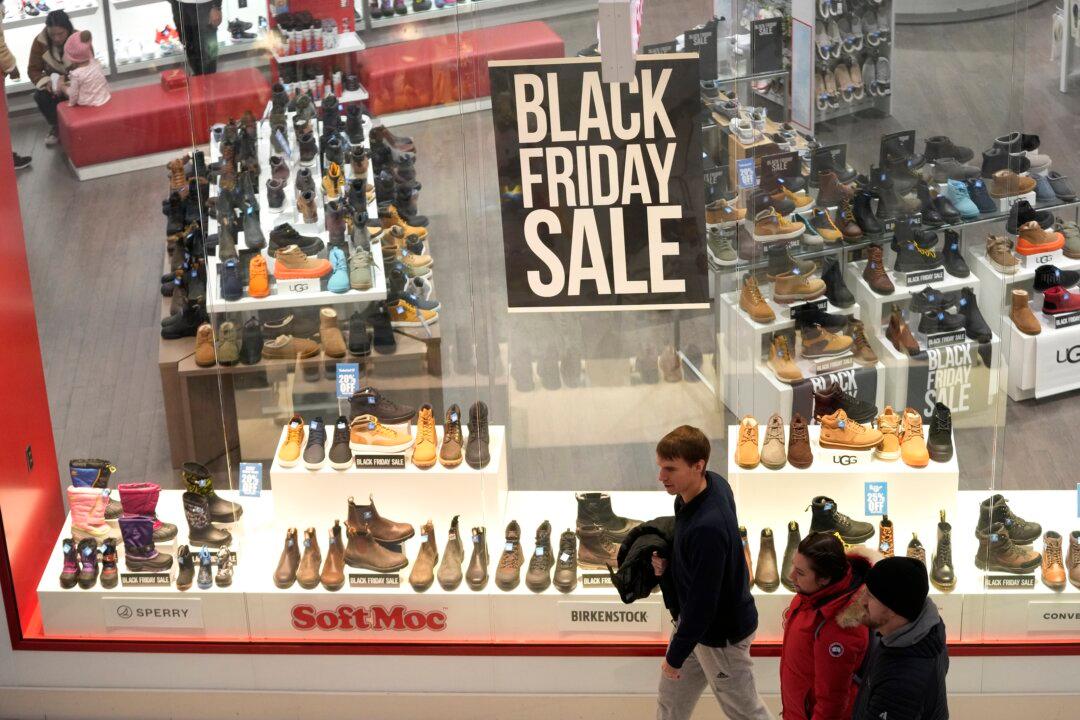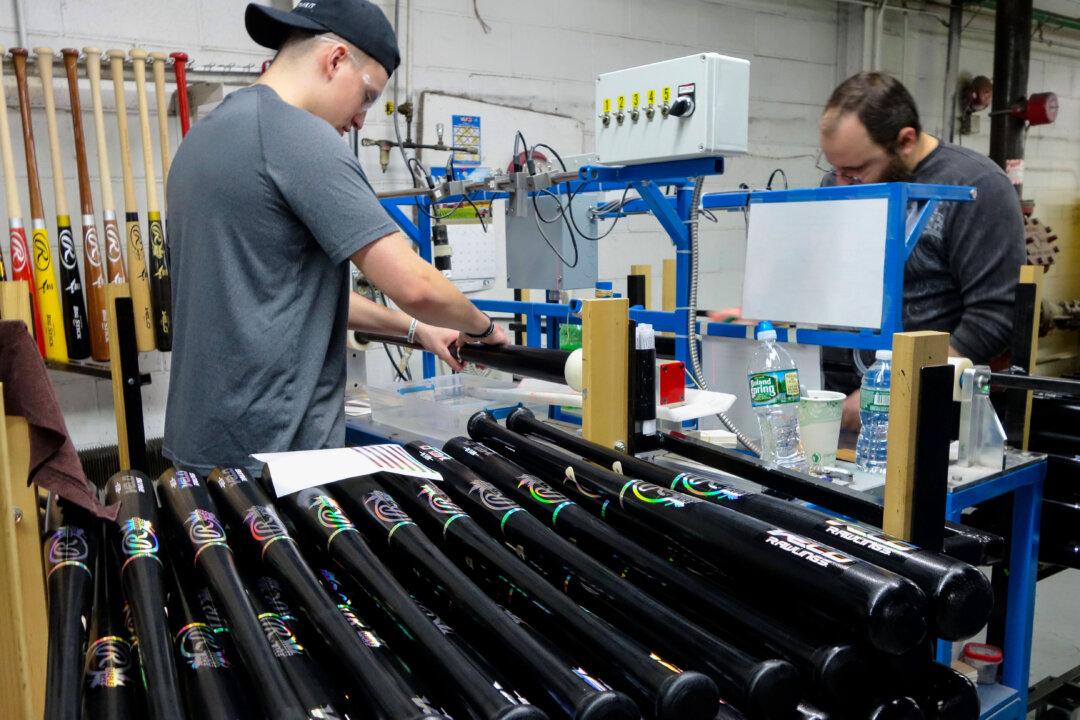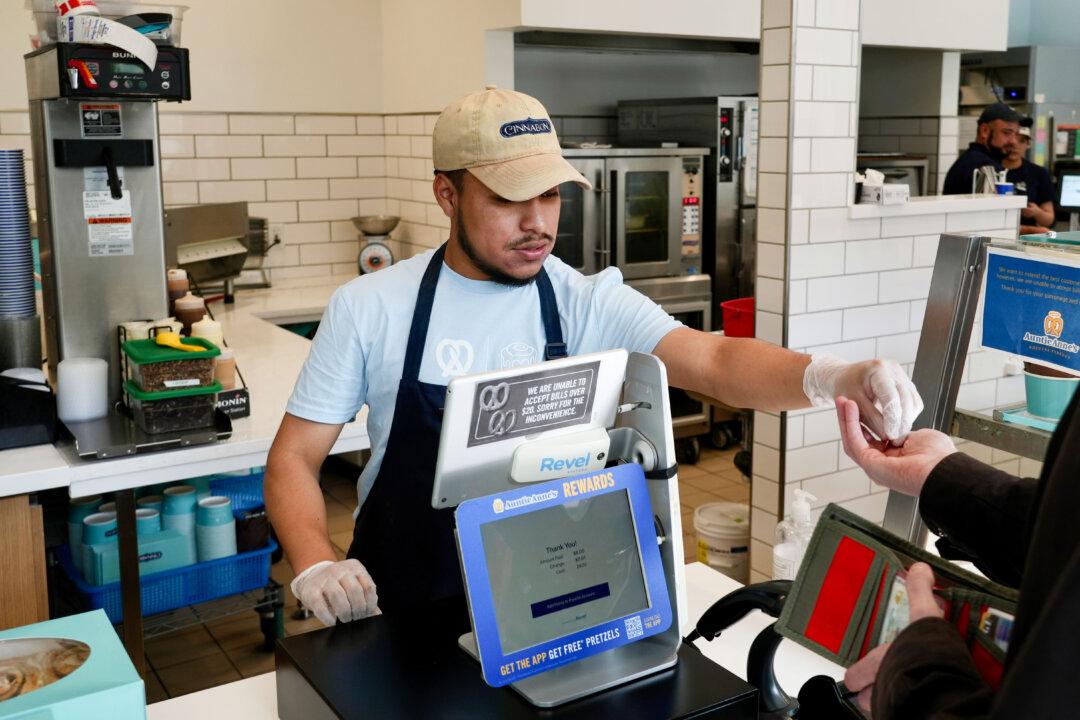The brick-and-mortar retail sector may not have exactly nine lives, but it’s been able to fight off daunting economic conditions and continual predictions of its death to show a resiliency that few predicted. After a pandemic that sent shoppers online and triggered an urban exodus of office employees, the sector continues to shine, especially in urban areas.
However, there are concerns that a need for more new retail space could stall future growth.
“Consumer spending growth and the return of international and domestic tourism have driven prime urban retail demand, with foot traffic recovering to pre-[COVID-19]-pandemic levels in half of the prime corridors surveyed,” according to a new report from global real estate and investment management services company JLL.
The company reports that apparel is leading the healthy rebound of brick-and-mortar retail, representing nearly half of all retail leases in prime urban corridor locations—up from 35 percent in 2022. The economy, having fully reopened since the COVID-19 pandemic shutdowns, has led to an increased retail presence in urban settings, including in some areas near the historically strong streets and prominent shopping neighborhoods, including Madison Avenue in New York, Michigan Avenue and the Gold Coast in Chicago, and Newbury Street in Boston.
Space Is Limited
“Generally speaking, urban retail is doing as well as its fundamental drivers—daytime office workers or [the] high-earning residential community or tourism—come back,” Brandon Svec, national director of U.S. retail analytics for CoStar Group, said.
However, the retail comeback has also caused a scarcity of properties to house new or expanding locations, he told The Epoch Times. CoStar reported that the average size of new retail leased space continues to fall and is down to an average of 3,200 square feet this year, leading to a 9 percent decline in leased space compared with 2022.
“What happened was the good locations got snapped up. There was definitely a mad rush with Burlington taking over a lot of the Bed Bath & Beyond spaces after they closed,” Mr. Svec said, adding that high interest rates have curtailed any new construction builds for retail in the past two years.
According to CoStar data, only 800 new retail leases for spaces of more than 25,000 square feet have been signed this year, accounting for only 17 percent of all new retail leasing activity, the lowest share on record and well below the prior five-year average of 19.5 percent.
Brick-and-mortar retail, in general, had an extremely healthy Thanksgiving weekend this year, drawing a record-setting 200.4 million consumers to beat last year’s record of 196.7 million, according to the National Retail Federation’s annual survey.
Joe Keenan, editor-in-chief of Total Retail, told The Epoch Times that although there were more shoppers, spending was relatively flat compared to 2022, and the weeks leading into Christmas will be a significant indicator of the sector’s health.
“The question is whether the momentum is going to be sustained through the course of the next few weeks,“ Mr. Keenan said. ”I think Black Friday has almost become a tradition to go out and shop with family. A lot got done that day, but some shoppers shut down spending after that.
“Retailers are still going to have to be promotion-driven.”
For those following the growth and success of retail, the luxury category has been a focal point. JLL maintains that luxury apparel, athleisure apparel, boutiques, and jewelry brick-and-mortar stores remain major players, especially in urban retail.
Most active, according to the JLL report, have been category leaders such as Lululemon; ALO Yoga, which recently made its first entry into the urban Washington, D.C., market; and contemporary clothing brand Vuori, which recently leased locations in the Georgetown neighborhood of Washington, on Madison Avenue in New York, and in the Marina District in San Francisco.





